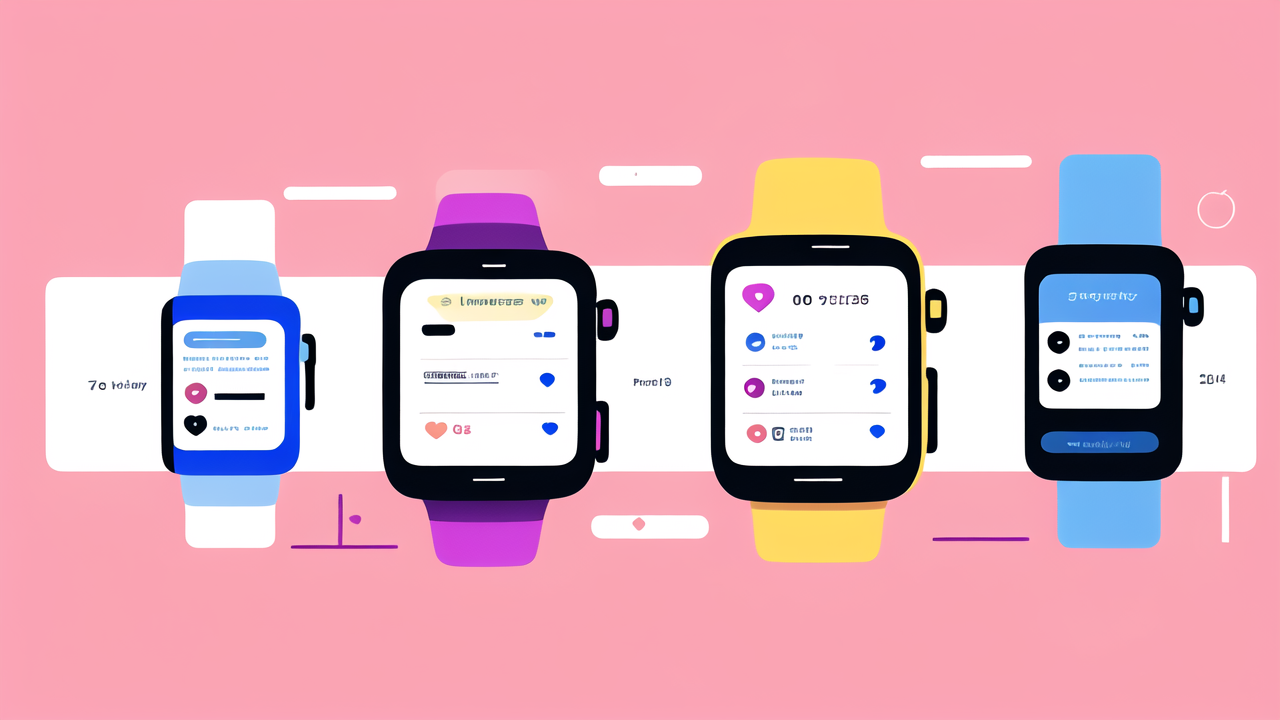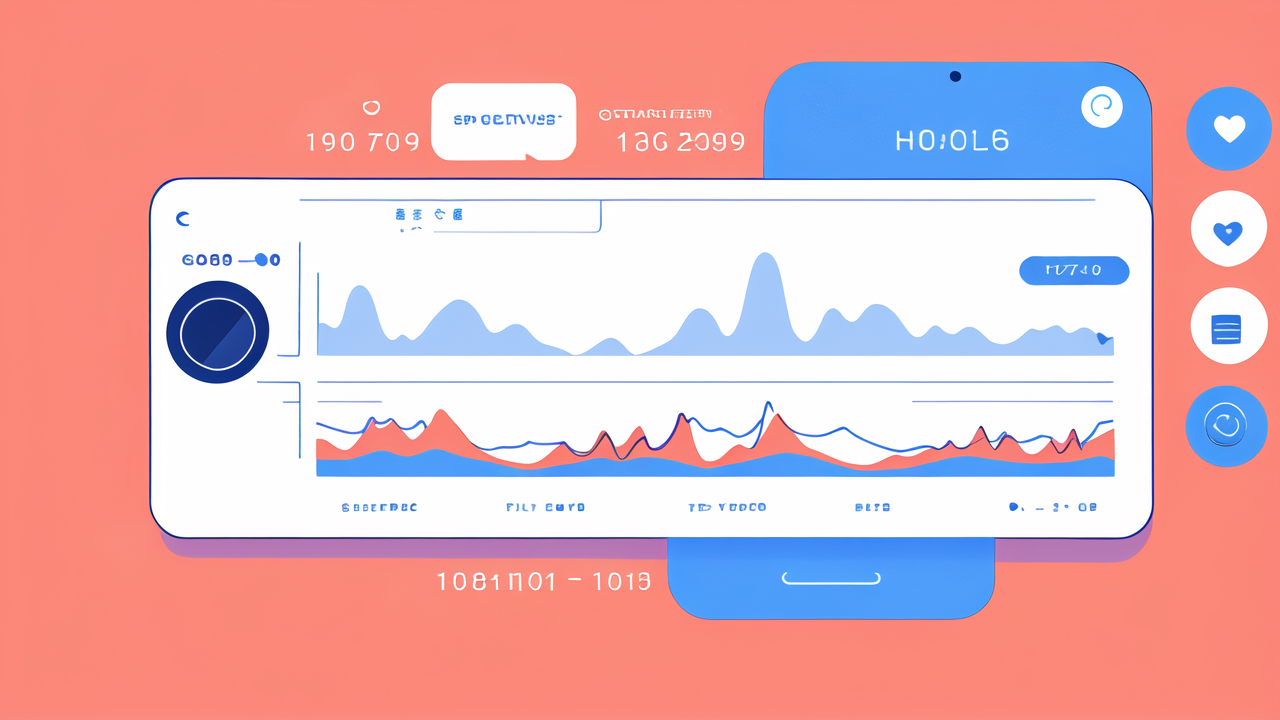The Evolution of Wearable Technology in the United States
The Origins of Wearable Tech
Wearable tech has come a long way in the US. It started with simple devices like calculators on watches. These early gadgets were bulky and had limited use. As tech improved, so did wearables. The first real smart watches came in the early 2000s. They could do basic tasks like store contacts and play games. But they weren't very popular. People found them clunky and hard to use. Still, they laid the groundwork for future devices. Companies saw the potential in wearable tech. They started to invest more in research and development. This led to better, more useful devices over time.

Milestones in Smart Watch Development
Smart watch development has seen many key moments. In 2012, Pebble launched its first smart watch. It was a huge hit on Kickstarter. This showed there was a market for these devices. In 2014, Apple unveiled the Apple Watch. It was a game-changer for the industry. It combined style with advanced features. Other companies soon followed with their own smart watches. Each new model brought better screens, longer battery life, and more sensors. GPS and heart rate monitors became standard. Water resistance improved, making watches more durable. The ability to make calls and use apps made them more like mini smartphones. These advances helped smart watches become mainstream.
The Rise of Fitness and Health-Focused Wearables
Fitness trackers paved the way for health-focused wearables. Brands like Fitbit made step counting popular. This sparked interest in personal health data. Smart watches soon added fitness features. They could track workouts, measure heart rate, and monitor sleep. As tech improved, health features became more advanced. Watches could detect irregular heartbeats and measure blood oxygen levels. Some even got FDA approval for medical use. This shift made smart watches valuable for health monitoring. They became tools for both fitness enthusiasts and those managing health conditions. The focus on health has driven innovation and adoption of smart watches.
Key Features of Advanced Smart Watches
Integration of AI and Machine Learning
AI and machine learning are changing smart watches. These techs make watches smarter and more helpful. They can learn user habits and preferences over time. This allows for personalized alerts and suggestions. For example, a watch might learn your workout routine. It can then suggest new exercises or remind you to stay active. AI can also help interpret health data. It can spot patterns that might indicate health issues. Machine learning improves voice assistants on watches. This makes it easier to use the watch hands-free. As AI gets better, smart watches will become even more useful in daily life.

Enhanced User Experience with Intuitive Interfaces
Smart watches are getting easier to use. Designers focus on making interfaces simple and clear. Touch screens have improved, responding better to finger taps. Voice control has become more accurate and useful. Many watches now use gestures for control. You can answer calls by raising your wrist, for example. Haptic feedback gives subtle alerts through vibrations. This makes notifications less intrusive. Customizable watch faces let users prioritize the info they need most. Quick access to apps and features saves time. These improvements make smart watches more user-friendly. They help integrate the devices seamlessly into daily routines.
The Importance of Battery Life and Charging Efficiency
Battery life is crucial for smart watches. Users want devices that last for days, not hours. Watch makers are working on more efficient batteries. They're also improving power management in the software. Some watches now use solar charging to extend battery life. Others have low-power modes for longer use between charges. Fast charging is becoming more common. This lets users quickly top up their watch's battery. Wireless charging pads make it easy to charge without fiddling with cables. As battery tech improves, smart watches will become even more reliable for all-day use.
The Impact of Smart Watches on Consumer Behavior and Health
How Wearables Influence Lifestyle and Wellness
Smart watches are changing how people live and care for their health. They remind users to move more and sit less. This can lead to more active lifestyles. Sleep tracking helps people understand their rest patterns. This can encourage better sleep habits. Stress monitoring features prompt users to take breaks and relax. Many find that having health data makes them more aware of their choices. They might take the stairs instead of the elevator. Or they might choose a healthier meal option. The gamification of fitness goals motivates people to stay active. Sharing achievements with friends can create a supportive community. All these factors can lead to healthier lifestyles overall.

The Role of Smart Watches in Healthcare and Preventative Care
Smart watches are becoming valuable tools in healthcare. They can continuously monitor vital signs. This provides doctors with more data than occasional check-ups. Some watches can detect falls and call for help automatically. This is especially useful for older adults. Heart rhythm monitoring can catch issues early. Several watches can take ECGs and alert users to irregular heartbeats. During the pandemic, some were used to detect early signs of COVID-19. Watches can remind users to take medication or attend appointments. They also encourage preventative care through regular activity. As accuracy improves, smart watches may play a bigger role in managing chronic conditions.
Future Trends: Predictive Health Analytics and Personalized Medicine
The future of smart watches lies in predictive health. These devices will use AI to forecast health issues before they occur. They might warn of an impending migraine or anxiety attack. Watches could suggest lifestyle changes to prevent chronic diseases. Personalized medicine will benefit from this tech. Watches will help tailor treatments to individual needs. They'll track how people respond to medications in real-time. This data will help doctors adjust treatments more effectively. Smart watches may also integrate with other health devices. This could create a more complete picture of a person's health. As this tech develops, it could revolutionize how we approach healthcare and wellness.




Leave a comment
This site is protected by hCaptcha and the hCaptcha Privacy Policy and Terms of Service apply.